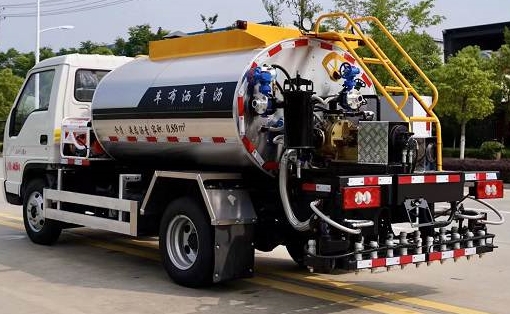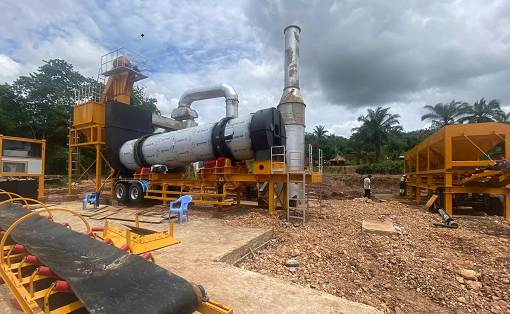Is the performance of Sinoroader’s fully automatic emulsified asphalt production equipment stable?
Is the performance of Sinoroader’s fully automatic emulsified asphalt production equipment stable and unstable? To be honest, whether the performance of a product is stable or not can only be known through practice, right?
Chairman Mao, the great leader of China, once said, “Without practice, there is no right to speak.” Yes, people who have never used it naturally have no right to speak. Now the editor will talk about the fully automatic emulsified asphalt production equipment that I am using!
Is the performance of Sinoroaders fully automatic emulsified asphalt production equipment stable and unstable? To be honest, whether the performance of a product is stable or not can only be known through practice, right?
Chairman Mao, the great leader of China, once said, “Without practice, there is no right to speak.” Yes, people who have never used it naturally have no right to speak. Now the editor will talk about the fully automatic emulsified asphalt production equipment that I am using!
Sinoroader’s fully automatic emulsified asphalt production equipment adopts PLC industrial computer control and touch control panel, with manual and automatic conversion functions and one-button start function.
All asphalt pipelines of this equipment are equipped with insulation layers, which can not only ensure the rapid heating of the asphalt, but also ensure the good performance of asphalt transportation in low-temperature environments; the soap liquid system uses two independent 304 stainless steel mixing tanks and soap liquid transportation. It is composed of stainless steel multi-stage pumps, fully pneumatic valves, etc. The pipeline is made of 304 stainless steel with high anti-corrosion performance; the asphalt content is automatically adjusted by PID, with stable performance and easy adjustment.
In addition, the water heating system of the fully automatic emulsified asphalt production equipment can be made into different heating methods according to the needs of users, and is intelligently controlled and easy to use.
Sinoroader’s fully automatic emulsified asphalt production equipment has stable performance, energy saving and emission reduction, and simple operation. Are you interested in such a device? If you are interested, please contact us!


































